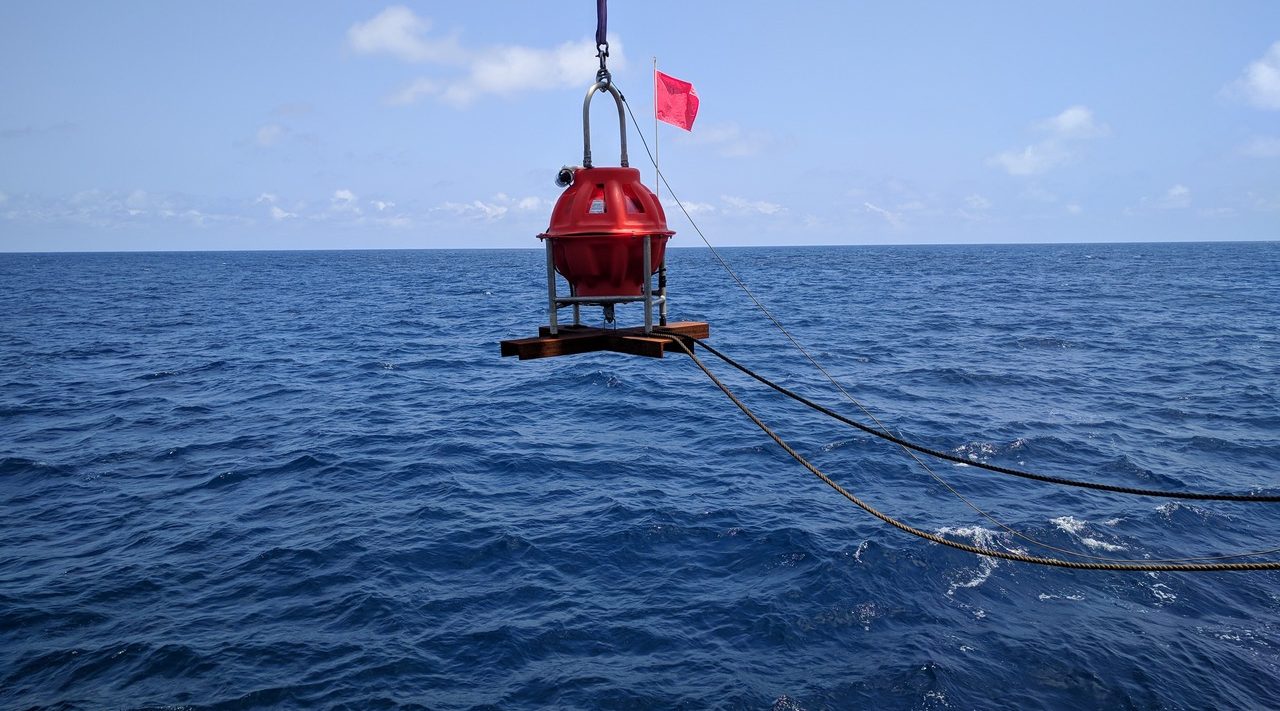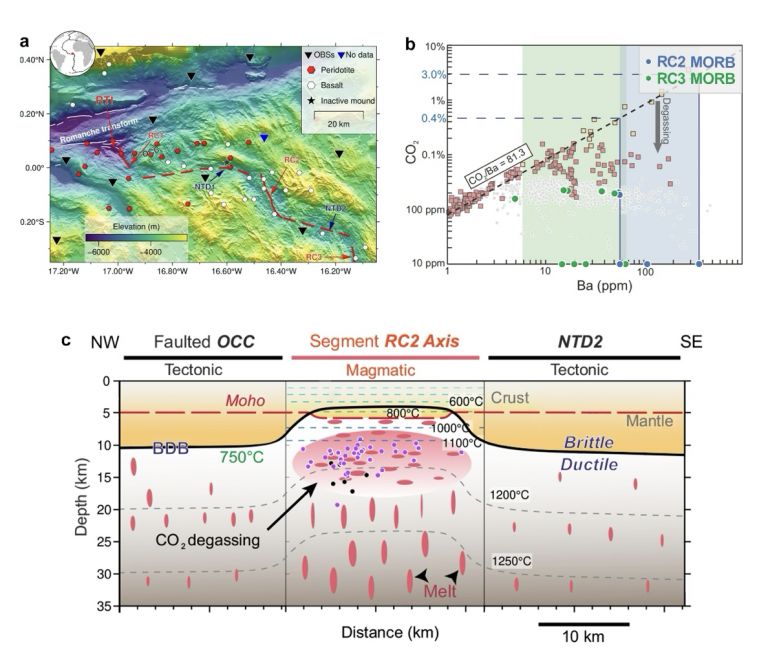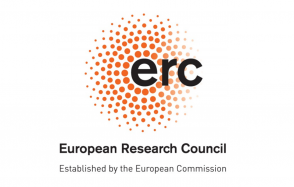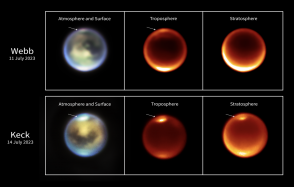CO2, an unexpected driver of deep earthquakes beneath ocean ridges
A team from the Institut de Physique du Globe de Paris (IPGP) has revealed the role of CO2 degassing in deep earthquakes beneath the Mid-Atlantic Ridge. Their work, published in Nature Communications on 10 January 2025, opens up new perspectives on the dynamics of the Earth's mantle.

Ocean bottom seismometers used during the SMARTIES Experiment
Latest news









